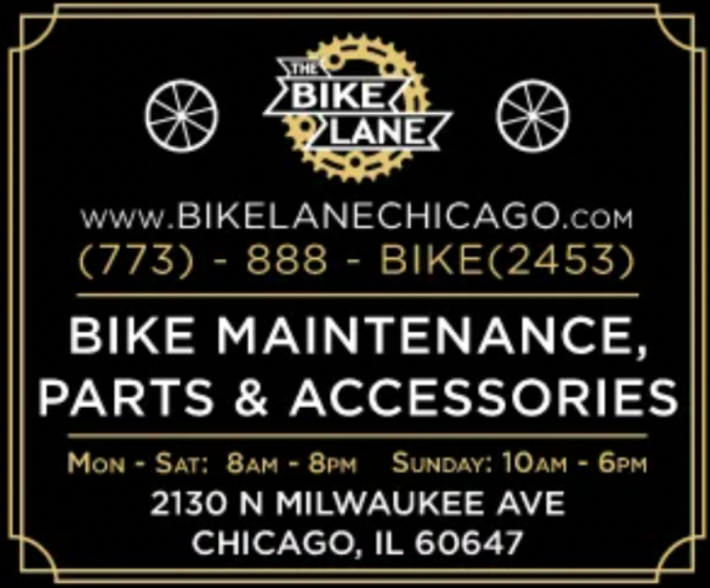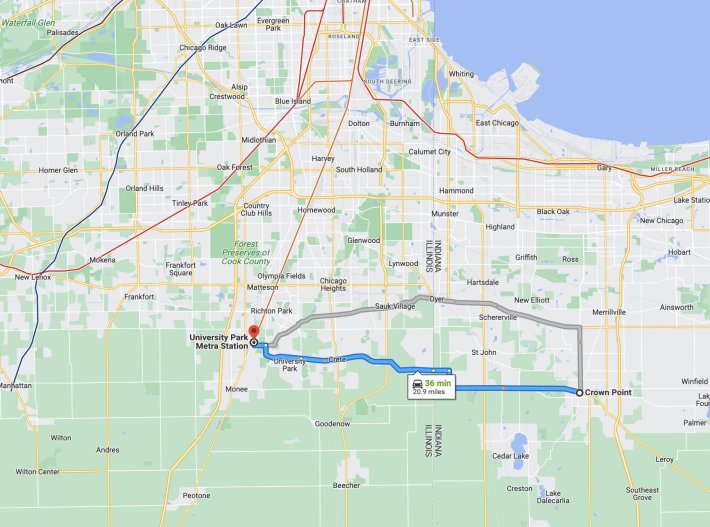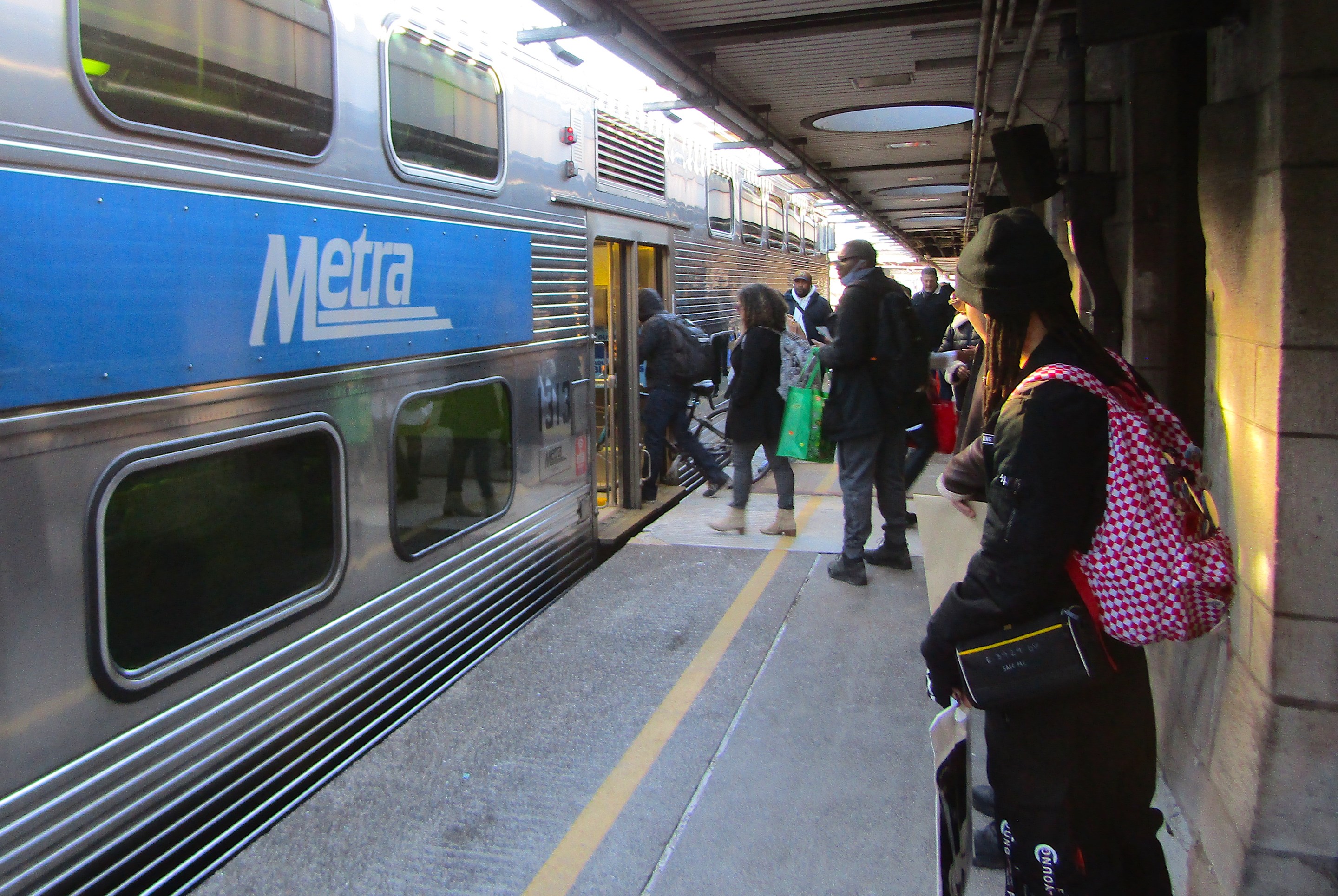
Chicagoland's commuter rail system is planning infrastructure improvements that will eventually allow it to run Metra Electric line trains as fast as 90 miles per hour.
The speed limit on the system’s only overhead catenary-powered line is 65 mph. But according to Metra Executive Director Jim Derwinski, that is a holdover from the 1920s, based on what the brakes could handle at the time. By comparison, the speed limit of the South Shore Line from the Loop to South Bend, IN is 79 mph.
Metra tested 79 mph trains last fall. Derwinski said the goal is to have the trains consistently run at that speed. Once the necessary infrastructure upgrades are in place, the trains will be able to run up to 90 mph.

Metra spokesperson Michael Gillis said that this would impact express trains and confirmed that the higher speeds would only be implemented on the Electric line’s main University Park branch. He said the railroad currently doesn’t have a firm timeline for when the new speeds might kick in.
Derwinski touted what Metra is calling the MED90 initiative during the February 28 meeting organized by the Sandhouse Rail Group, a networking group established by the Northwestern University Transportation Center to connect railroad professionals with students and academics. The meeting, which was held in the Metra board room, was set up to update its members on the state of commuter rail serving Chicago: Metra and the South Shore Line.

As Derwinski noted, the Metra Electric line’s University Park branch has many features that are conducive to higher-speed rail. It is almost completely grade-separated, and has four tracks for most of its length. The same can’t be said for the Blue Island branch and South Chicago branch. Neither is grade-separated, the former only has one track for most of its length, and the latter has a long section running in the middle of Chicago's 71st Street.
Derwinski said that increasing MED speeds was a simple matter of using the line to its full potential. "I’m sick and tired of hearing this: 'That's the way we've always done it,'" he said. "For the longest time, I’ve been saying, 'Why are we running 65 [mph]? Everybody said, 'It’s the signal system.' And nobody’s got any data [to back that up]. I’m a data-driven person, so I put together a team."

Metra eventually figured out that the speed limit was based on technological limitations that were almost a century old. "Everybody based it on what they knew, but nobody asked the right questions," Derwinski said.
Derwinski said there were several benefits: "faster trips, better travel time, frequency, consistency [and] resiliency." He explained that the trains would become more frequent because if, for example, trains cover the stretch between the Kensington / 115th Street and 55th - 56th - 57th Street stations faster, the tracks are free-and-clear longer.
Speeding up Metra Electric trains would also help the South Shore Line, since it would allow South Shore runs to travel at full speed. Derwinski quipped that "[South Shore Line Executive Director] Mike [Noland] can stop complaining that, when he hits our railroad, they go to 65."
It's likely that Derwinski is especially enthusiastic about speeding up the University Park branch because he lives outside the Metra service area in Crown Point, IN, so that Metra line is the shortest drive from his home. -JG

On October 23, 2023, Metra test-ran trains at 79 mph, and didn’t detect any issues. But having the trains traveling at those speeds regularly would require some upgrades.
"There are some physical infrastructure improvements that are going to get done," Derwinski said. "The catenary system is going to need some upgrades, the signal system... There are some places where we’re going to change slightly... the way the signal system works."
Under the current schedule, University Park branch trains skip most stations between the Kensington / 115th Street and 55th - 56th - 57th Street stations, and they tend to automatically skip most stops further north. Some rush hour express trains stop at even fewer stations, skipping all suburban stops north of Homewood and some major city stops.
Non-rush hour Blue Island and South Chicago branch trains tend to make all local stops north of Kensington.
Derwinski said the end goal is to allow trains to travel 79 mph across the entire line, adding that "eventually certain sections are going to get to 90" mph. "It’s going to be fantastic," Derwinski said. "I mean, you’re going to take this awesome configuration – No grade crossings with cars, no grade crossings with the rail – and you’re going to be able to get people to destinations in a much quicker amount of time. Obviously, the further out, the more benefit you’ll get."
The Chicago-based High Speed Rail Alliance, as you might expect from its name, welcomed the news. Executive Director Rick Harnish said the nonprofit has "long advocated" for increasing the Metra Electric line's speeds to 90 mph because "that rail line is such a unique asset to our region... We need to take advantage of all of our rail assets.”

Did you appreciate this post? Please consider making a tax-deductible donation to help Streetsblog Chicago keep publishing through 2025. Thank you.





